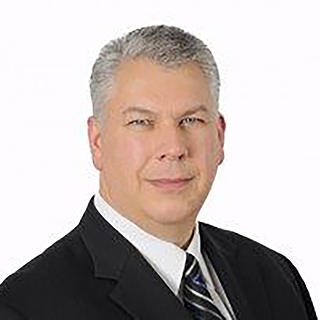The Three Stages of Retirement: The Active Stage (Part 2)
- Darryl Smith
- Mar 9, 2020
- 3 min read

This is the moment many of us have been waiting for our entire working career – the day we retire! You have successfully run a business or have made grand leaps in your career and accomplished so many great things over the last few decades. You’ve worked hard for your entire life and one of the many reasons you worked so hard is to live stress-free during retirement. When you first retire, you are entering the first of the three stages known as the active stage of retirement.
What is the active stage of retirement?
The active stage of retirement is when we can revel in our newfound freedom and indulge in everything we wanted to do when we retired. No more 2-week vacations, deadlines or pressure from work, you are now able to do what you want, when you want. During this stage, people usually take longer trips or indulge in more activities. This stage occurs roughly between the ages of 60-75 when you initially retire. During this time, people are typically still very active health-wise and mainly just looking forward to enjoying retirement.
How should you manage your finances during this stage?
It’s important during this stage that you are reviewing and adjusting your financial plan regularly. Take control during this stage and allow your money and investments to keep growing. By working with an experienced and knowledgeable financial advisor like myself, I can show you how you can keep your money growing during retirement, even while enjoying the sometimes costly adventures you’ve planned. It’s best to take advantage of your active years of retirement while also thinking about your income and cash flow so you can plan accordingly for the next two stages of retirement.
Remember, your retirement planning doesn’t stop at the active stage.
During our working lives, people gather assets they feel will benefit their financial well-being during retirement. Many of these assets require hands-on management either physically or mentally. Some examples include small business, investment real estate, a large family home, cottage, boats, RV’s, collector cars & boats, antiques, plus many more. These are all assets that will become more difficult to manage as you near the end of the active stage of retirement. At some point, these assets become a burden as people may no longer have the mental or physical capacity to manage these assets and although family members may assist in upkeeping these assets, it can also start to create conflicts and unnecessary stress. In the initial stage of retirement, managing these assets is of no real concern as people like to keep busy and enjoy using their assets. However, it’s important to have a plan for your assets as you age.
If you would like to learn more about how to plan effectively for retirement (not only before you retire, but during retirement as well) I’m happy to help you. With my years of experience, I can show you how to plan for each stage of retirement and how to make the most of your investments throughout your many life stages. Be sure to continue reading this series as well to learn more about liquidating your assets in order to prepare for the second and third stages of retirement. Or reach out to me, Darryl Smith at info@synergylife.ca to set an appointment so we can review your assets and life plans specifically. And, if you haven’t already, check out my guidebook: 10 Tips to Maximize Blue-Collar Wealth — it’s a great step in the right direction to get you started with your retirement plan if you own a blue-collar business.





Comments